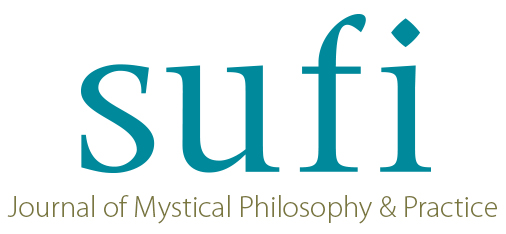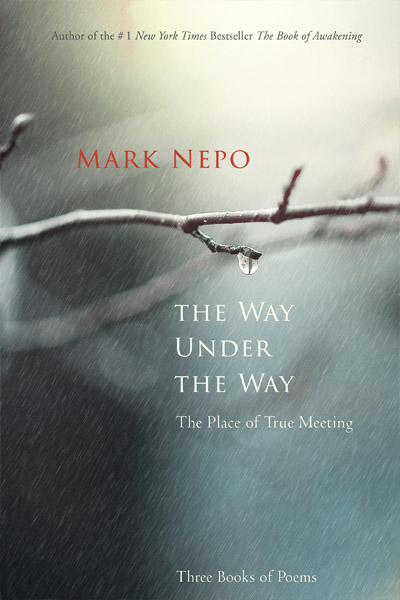by Jawid Mojaddedi
Hosayn ebn Mansur al-Hallaj (d. 922), most familiar simply by the name “Hallaj,” is probably still today the most widely discussed Sufi from his generation. Celebrated by later Sufis for the theopathic outburst “I am The Truth/God” (ana l-Haqq) and for legends about his lack of fear and indeed total embrace of his own execution at the gallows in Baghdad, he was the most important inspiration for prominent Sufis of later times, such as Ebn Khafif, Ruzbehan Baqli and Farid al-Din Attar, and has been celebrated by countless others, including Rumi.
[wcm_restrict plans="Sufi Journal Digital Edition, Sufi Journal Digital Edition old"]
Hallaj was also the source of controversy for, not only the above events, but for taking Sufism to a mass audience at a very early stage and, among other things, encouraging them to make replicas of the Kaaba in Mecca to use for worship at home (the most likely reason for his execution). What is less well-known about Hallaj is that he was the most prolific Sufi poet of his time, but this is now changing thanks to the publication of some 120 of his poems in English translation directly from the original Arabic by Carl Ernst, Distinguished Professor of Islamic Studies at the University of North Carolina at Chapel Hill. Hallaj: Poems of a Sufi Martyr (Northwestern University Press, 2018) is a special treat for readers of Sufi literature in English who have lacked up till now any substantial writings related to Hallaj. This collection of poems is fully annotated and expertly contextualized by the most qualified scholar for this task, Carl Ernst, who has not only written the only monograph on theopathic outbursts, such as ‘ana l-Haqq’, but has also worked extensively on Ruzbehan Baqli, among a wide range of Sufi research areas so far in his career. Ernst’s academic expertise enriches this volume without spoiling the beauty of the material that he is presenting, as one might fear when so much erudition is applied to it – rather he has highlighted the beauty of Hallaj’s poetic oeuvre with his elegant and sensitive translations that catch the finest nuances in the original Arabic of Hallaj and have been selected on the basis of an extensive and in-depth familiarity with the subject.
Universities across the world have adapted to the Covid-19 pandemic through remote teaching via video conferencing, and the same format has been used for this discussion with Carl Ernst about his book Hallaj: Poems of a Sufi Martyr and related topics in Sufism. Interviewing Ernst, Jawid Mojaddedi is particularly interested to know his views about the challenges of working on contested writings attributed to someone so legendary and controversial, as well as the degree to which the poems represent familiar teachings associated with Hallaj, such as the glorification of Satan as lover of God, and the elimination of barriers and distinctions in the human-divine mystical encounter, for which Hallaj was accused of incarnationism (holul) by Muslim theologians.
[embed]https://kn-sufi-journal.s3.us-west-1.amazonaws.com/Media/ISSUE-100-CARL-ERNST-INTERVIEW-LONG-2020-720.mp4
[/embed]
[/wcm_restrict] [wcm_nonmember]
To watch this interview, you must Buy Digital Subscription, or log in if you are a subscriber.
[/wcm_nonmember]



